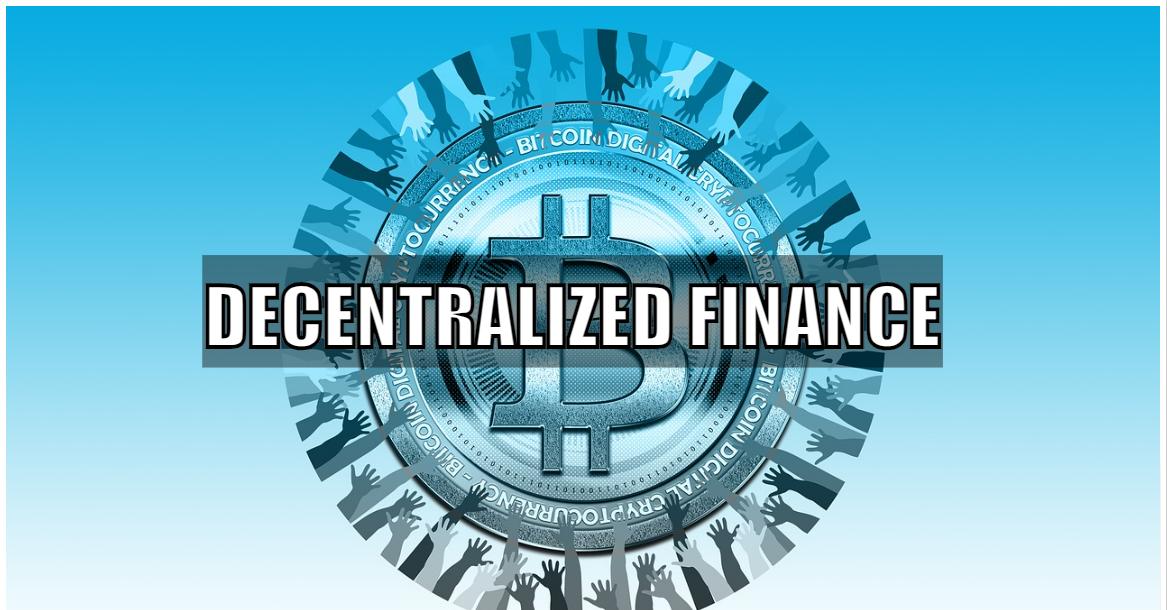Decentralized finance (DeFi) has emerged as a dominant force within the blockchain environment, revolutionizing traditional finance and redefining how individuals access and manage financial services. DeFi platforms are built on the principles of decentralization, transparency, and interoperability, offering a wide range of financial products and services without the need for intermediaries or centralized authorities.
In this article, we explore the rapid rise of DeFi and its transformative impact on the blockchain ecosystem, and the opportunities and challenges it poses for the future of finance.
The rise of decentralized finance:
Decentralized finance, or DeFi, includes a wide range of financial services and applications that leverage blockchain technology, such as lending, borrowing, trading, and asset management. Unlike traditional financial systems that rely on centralized institutions such as banks and exchanges, DeFi operates on an open, permissionless network, with transactions executed via smart contracts and governed by community consensus. will be done. The rise of DeFi can be attributed to several key factors, including:
- Accessibility: DeFi platforms provide financial services to anyone with an internet connection and a compatible wallet, regardless of geographic location or socio-economic status. This accessibility democratizes access to financial services and empowers people previously excluded from the traditional banking system.
- Transparency: DeFi operates on public blockchain networks where transactions are transparent and verifiable in real-time. This transparency increases trust and accountability as users can verify the integrity of transactions and the solvency of DeFi protocols without relying on intermediaries.
- Interoperability: DeFi protocols are designed to be interoperable, allowing for seamless integration and interoperability between different platforms and applications. This interoperability fosters innovation and collaboration within the DeFi ecosystem, allowing developers to build on the work of others to create new value-added services.
Key components of DeFi:
There are several key components at the foundation of the DeFi ecosystem, each of which performs specific functions and contributes to its overall functionality and utility.
- Decentralized Exchanges (DEX): DEXs enable peer-to-peer trading of digital assets without the need for intermediaries or centralized order books. These platforms use automated market makers (AMMs) and liquidity pools to enable seamless, trustless trading.
- Decentralized lending and borrowing: DeFi lending platforms allow users to lend and borrow digital assets directly from other users, bypassing traditional financial intermediaries. Smart contracts manage loan agreements and collateral requirements, enabling secure and efficient lending and borrowing activities.
- Yield Farming and Liquidity Mining: Yield farming involves providing liquidity to a DeFi protocol in exchange for rewards, usually in the form of additional tokens or governance rights. Liquidity mining encourages users to provide liquidity to DeFi platforms, increasing liquidity and fostering ecosystem growth.
- Decentralized asset management: DeFi platforms offer a variety of asset management solutions, including decentralized asset pools, automated portfolio rebalancing, and algorithmic trading strategies. These platforms allow users to autonomously manage their digital assets and optimize their investment strategies.
Opportunities and challenges:
While DeFi offers many opportunities for innovation and financial inclusion, it also faces several challenges that must be addressed to reach its full potential.
- Security risks: DeFi protocols are vulnerable to bugs, exploits, and smart contract vulnerabilities that can result in financial losses for users. Ensuring the security and reliability of smart contracts is critical to mitigating these risks and maintaining user trust.
- Regulatory uncertainty: The regulatory landscape for DeFi is still evolving, with regulators struggling to understand and address the implications of decentralized finance. Regulatory clarity is important to foster innovation and ensure compliance with existing laws and regulations.
- Scalability and interoperability: DeFi faces scalability challenges due to the limitations of existing blockchain networks such as Ethereum. Improving scalability and interoperability between different blockchain platforms is critical to supporting the growing demand for DeFi services and managing future growth.
In summary, decentralized finance (DeFi) has emerged as a dominant force within the blockchain environment, revolutionizing traditional finance and democratizing access to financial services. With a focus on accessibility, transparency, and interoperability, his DeFi offers an attractive alternative to the traditional financial system, allowing individuals to take control of their financial assets and participate in a global, permissionless economy. will do so.
As DeFi evolves and matures, it will be important to address key challenges such as security, regulatory compliance, and scalability to realize its full potential. By fostering collaboration between developers, regulators, and industry stakeholders, we can unleash the transformative power of DeFi and build a more inclusive and fair financial system for the future.



